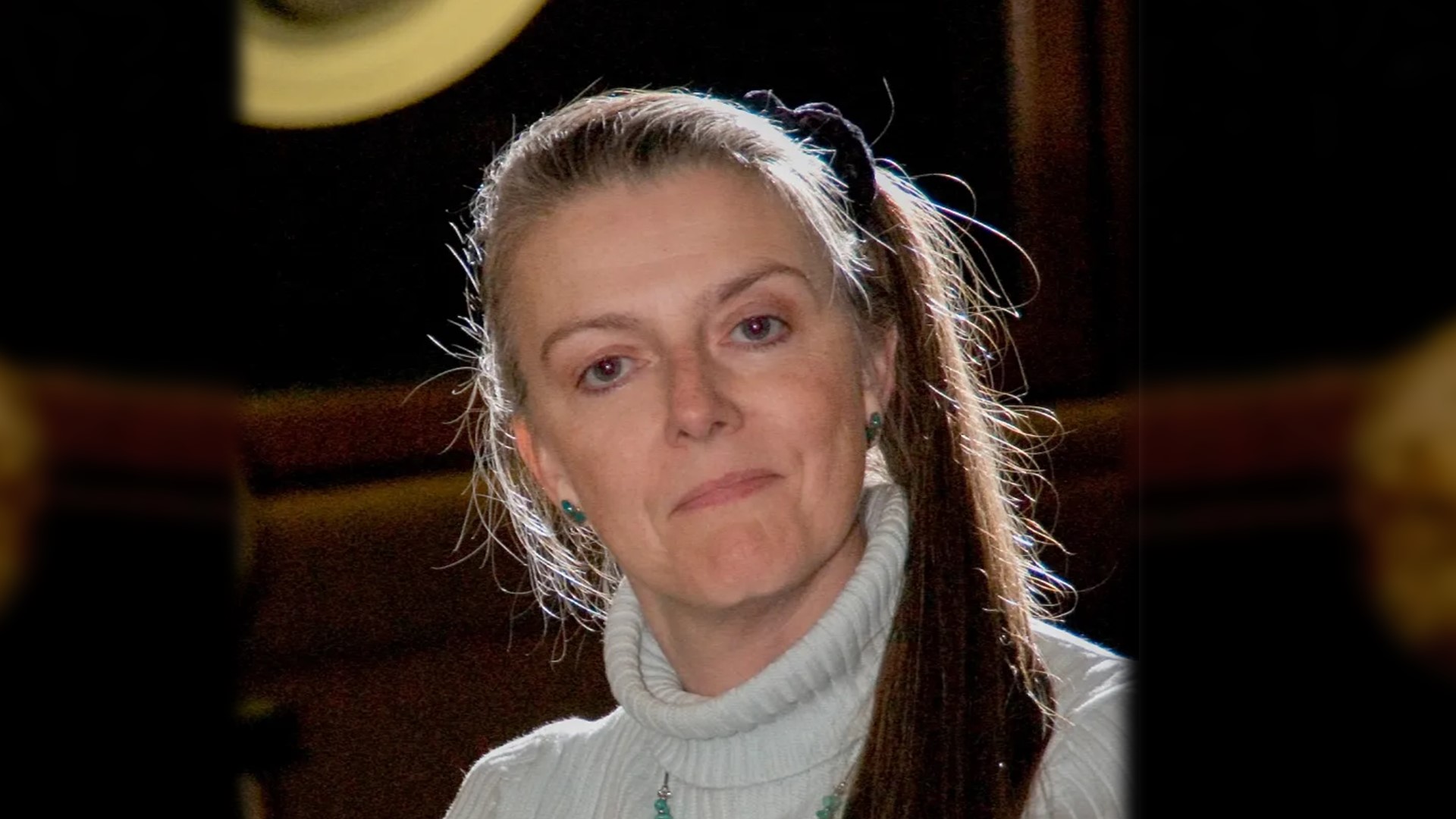ARKANSAS, USA — We’ve been talking about the total solar eclipse passing over Arkansas on April 8 for months now, and while you might know the basics surrounding this celestial phenomenon, one NASA scientist is sharing more about the little-known facts surrounding this phenomenon as it crosses over Earth.
Mitzi Adams, an astrophysicist with NASA, said a total solar eclipse happens every year-and-a-half to three years, but there’s a reason why you don’t see them more often.
“Because Earth is mostly covered by water, most of the time that shadow falls in the oceans, and so we don't have an opportunity to see it,” Adams said.
And that’s why this event is so special: because the path of totality is cutting through Arkansas.
Sure, if you miss it, there’s another one happening in 2044, but that path of totality will be completely different.
The August 2017 total solar eclipse started on the West Coast of the U.S. and exited on the East Coast.
Adams said that because of the 2024 total solar eclipse’s path, “The number of people who could see this eclipse will be three times as many as in 2017.”
While many humans will be looking at the sky, other creatures are going to be confused or even a little mad about what’s going on, which is what some researchers noticed while studying them.
“These were male crickets and they began chirping as it got darker,” Adams explained. “And the number of chirps increased as the darkness increased. The bees were actually very upset, they had all been out looking for pollen and they all came back to the hive. And then after the Eclipse ended, it took them quite a while before they flew out again. So they were really upset by this.”
So as you look up at the sky in the middle of the afternoon to watch this celestial phenomenon, awe-inspired and speechless, you can also count your blessings that you weren’t alive when this happened many generations ago.
It probably freaked people out a little bit.
“Eclipses have been predicted for thousands of years, though, not with great accuracy, but they have been predicted,” Adams explained. “But imagine what it must have been like…suddenly in the middle of the day, it gets dark. Once you experience a total solar eclipse, you understand why people would have been frightened.”
As with most things in the 21st century, technology has made it much easier to pinpoint the best spots in America to watch the total solar eclipse.
“It wasn't so long ago, like in the early 2000s, when there were books that were printed, and you had to look at the map and interpolate positions on the map in order to find your specific location... so it's just amazing that we now know exactly what causes them and can predict them with great accuracy,” Adams emphasized.
If you want to learn more about the total solar eclipse, check out NASA’s page dedicated to it.
Watch 5NEWS on YouTube.
Download the 5NEWS app on your smartphone:
Stream 5NEWS 24/7 on the 5+ app: How to watch the 5+ app on your streaming device
To report a typo or grammatical error, please email KFSMDigitalTeam@tegna.com and detail which story you're referring to.

